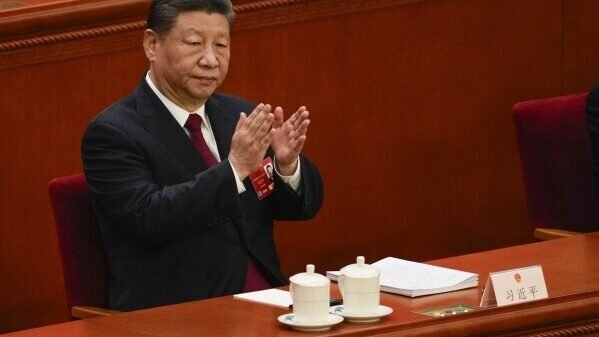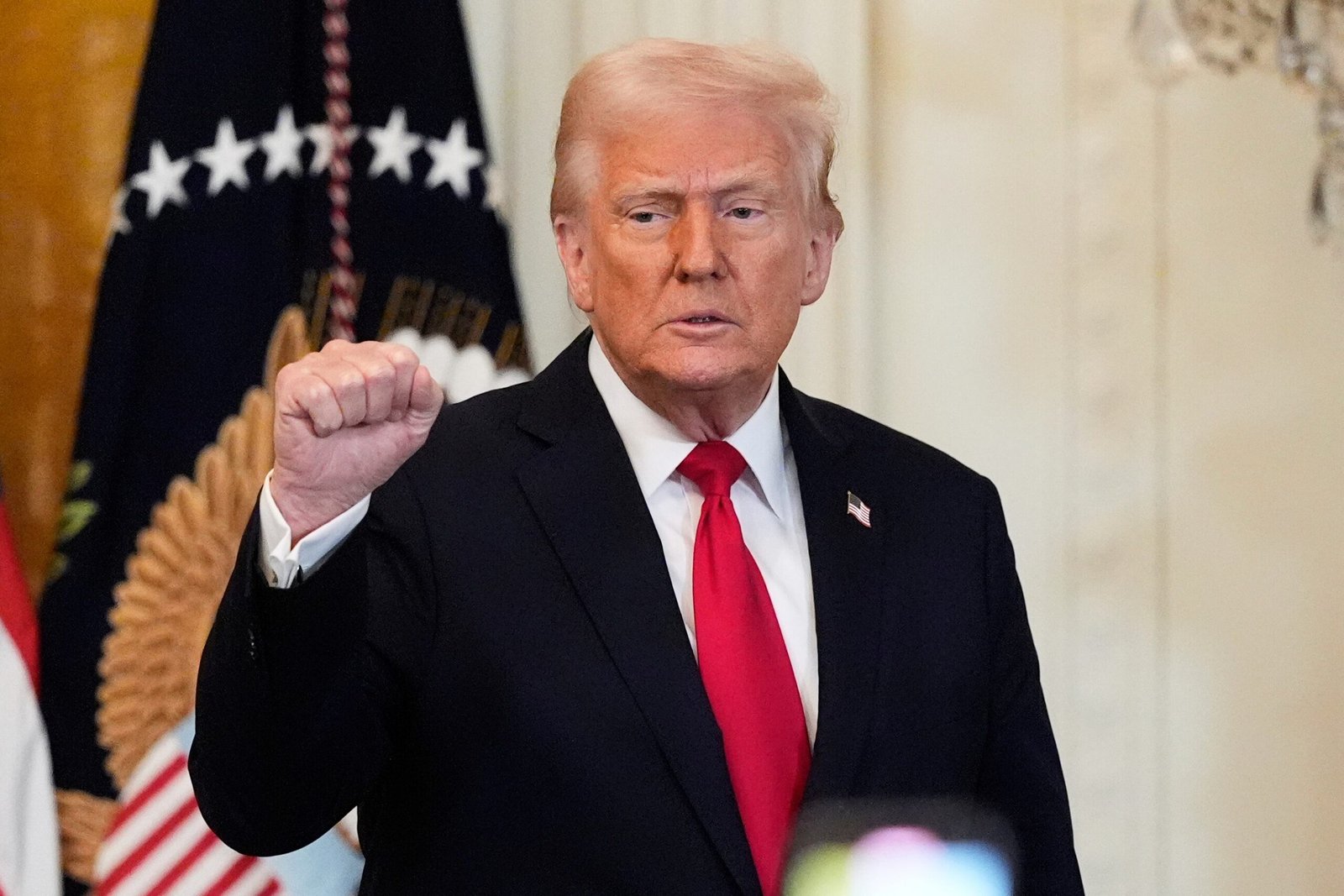President Trump’s 25% Tariff on Imported Automobiles
President Donald Trump has announced a 25% tariff on all imported automobiles, effective April 2, 2025. The move is aimed at boosting domestic manufacturing by encouraging the production of vehicles within the U.S. and reducing reliance on foreign-made cars. The tariff is part of a broader strategy to protect American jobs in the automotive sector, strengthen the country’s manufacturing base, and reduce trade imbalances. While the administration has framed this as a win for U.S. manufacturers, the policy has also sparked concerns about its potential impact on consumers and the global supply chain.
Bolstering Domestic Manufacturing
One of the key objectives behind the 25% tariff is to stimulate the U.S. automobile industry by making imported vehicles more expensive, thereby incentivizing consumers to purchase domestically produced cars. The Trump administration believes that the tariff will give U.S. automakers, such as General Motors, Ford, and Stellantis, a competitive edge by leveling the playing field. With many of these companies already investing in U.S.-based production facilities, the tariff is seen as a way to protect the investments made in American manufacturing and ensure that production remains robust in the face of growing international competition.
Concerns Over Increased Car Prices
One of the immediate concerns raised by critics of the tariff is the potential increase in car prices. Imported vehicles, particularly those from countries like Japan, South Korea, and Germany, make up a significant portion of the U.S. car market. The 25% tariff could result in higher prices for consumers, especially for high-end and luxury models. Economists warn that the increased cost of cars could have a ripple effect on the broader economy, leading to higher prices in other sectors and contributing to inflation. For many American consumers, this policy could make purchasing a new vehicle more expensive, potentially reducing overall demand in the automobile market.
Potential Disruptions to Global Supply Chains
The 25% tariff could also lead to disruptions in global supply chains, which have become highly integrated in recent years. Many U.S. automakers rely on parts and components imported from various countries to assemble their vehicles. With the new tariff in place, the cost of these imported parts could increase, raising the cost of manufacturing for U.S. companies. This could lead to delays in production, supply shortages, and disruptions in vehicle availability. The tariff could also prompt retaliatory measures from trading partners, further complicating global trade and supply chains in the automobile industry.
Global Automakers’ Reactions
Major global automakers, including General Motors, Ford, and Stellantis, have expressed concerns about the impact of the new tariffs on their operations. While these companies have some domestic manufacturing capacity, they also rely on international plants for certain models and parts. A 25% tariff could force them to rethink their production strategies, potentially shifting production to countries with lower tariff barriers or adjusting their pricing strategies to absorb the added costs. These companies are closely monitoring the situation, as the tariffs could affect their profit margins and long-term business plans in the U.S. market.
The Political and Economic Implications
The 25% tariff on imported automobiles has significant political and economic implications. Politically, it reflects President Trump’s ongoing “America First” agenda, which seeks to prioritize American industry and reduce trade deficits with foreign countries. Economically, the move could strain relationships with key trade partners, particularly the European Union and countries in Asia. Retaliation from these regions could lead to additional tariffs on U.S. exports, exacerbating trade tensions and potentially hurting U.S. businesses in other sectors. The policy also raises questions about the long-term sustainability of protectionist measures in an increasingly interconnected global economy.
Looking Ahead: The Impact on the U.S. Automobile Industry
Looking ahead, the full impact of the 25% tariff on imported automobiles remains to be seen. While the Trump administration anticipates that the policy will lead to job growth and strengthened domestic manufacturing, the broader effects on the U.S. economy and global trade could be more complex. The automotive industry is likely to face increased pressure in the short term, with rising prices and potential disruptions in supply chains. Over time, the U.S. auto industry may adapt by shifting production processes, adjusting pricing strategies, or seeking new trade agreements to mitigate the effects of the tariff. Ultimately, the success of this policy will depend on how U.S. automakers, consumers, and global trade partners navigate the challenges it creates.
Conclusion: A Bold Policy with Uncertain Outcomes
In conclusion, President Trump’s 25% tariff on imported automobiles is a bold policy designed to bolster U.S. manufacturing and reduce dependence on foreign-made cars. However, the policy raises significant concerns about rising car prices, disruptions to global supply chains, and potential retaliatory tariffs from foreign governments. While the tariff could provide a short-term boost to domestic manufacturing, its long-term effects on the U.S. economy and automobile market remain uncertain. The policy’s success will depend on how it balances the protection of U.S. jobs with the challenges posed by a more costly and disrupted global automotive landscape.



































